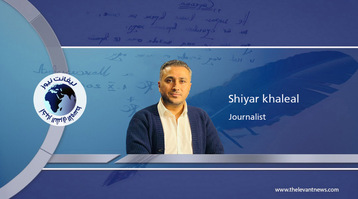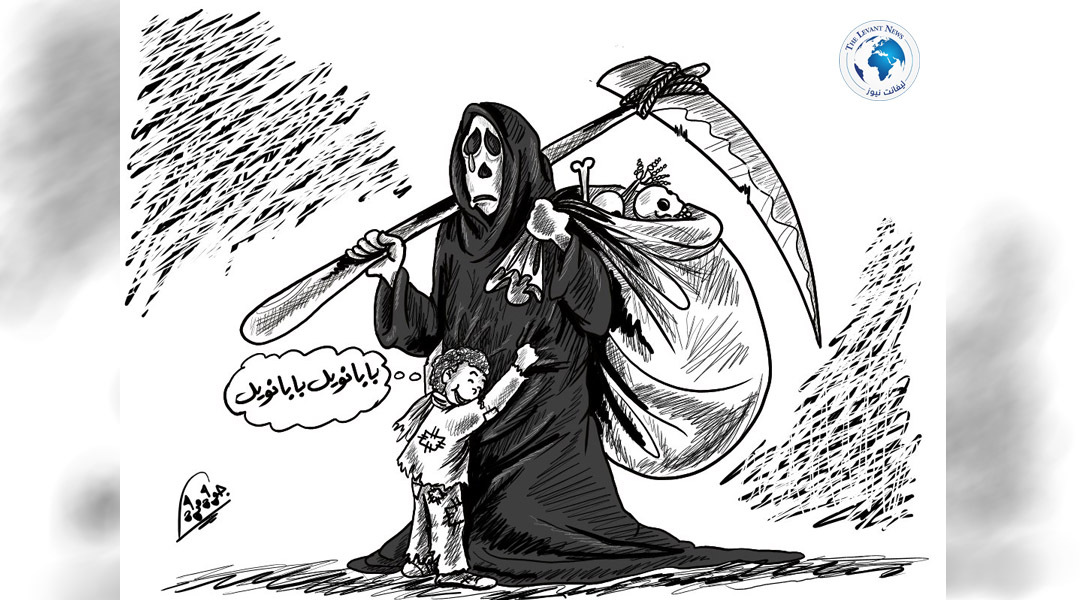-
The Recasting of Terrorism and the Power Struggle

The relationship between the Assad regime and the Autonomous Administration in northeastern Syria is experiencing unrest, instability, and a lack of seriousness in implementing the March 10 agreement between Kurdish-led Syrian Democratic Forces (SDF) Commander Mazloum Abdi and the transitional government headed by Ayman al-Sooraj. One of the main obstacles to reaching a solution is Turkey’s insistence on preventing the Kurds from obtaining their legitimate rights to federation or decentralization, a stance that conflicts with the Israeli project to make Syria a collection of regions. Turkey does not agree with Israel’s support for minorities or the idea of a coalition of minorities forming a parallel entity to the government, especially concerning the Kurdish self-administration.
It is understood from the statement by the leader of the Nationalist Movement Party, Devlet Bahçeli, regarding the threat to SDF of a military operation in coordination with the Damascus government that Turkey fears a Kurdish-Israeli coordination that could remove the Kurds from the Ottoman game of influence and shift it toward a new Middle East reality led by Israel. Therefore, this struggle for influence is likely to destabilize peace efforts in Turkey and could also bring Turkish military operations back to the forefront.
There was an intended negotiation round in Paris which was canceled under Turkish pressure on the central government. Additionally, there was a meeting between the SDF and the Damascus government in Amman aimed at rapprochement and integration efforts. Here, we see a discrepancy in Tom Bark’s statements; his position has changed. He now views the Syrian Democratic Forces as allies rather than as ideologically affiliated with the Kurdistan Workers’ Party (PKK). Following the bloody violence in Suwayda, Bark stated that decentralization is the best approach for Syria. The ongoing tensions between the SDF and the central government are undoubtedly fueled by Turkish-Israeli competition, and it is in America’s interest to maintain the current situation—meaning to prevent escalation without reaching a genuine agreement.
Currently, skirmishes between Syrian government forces and the Syrian Democratic Forces along some borders reflect an impasse in visions and a failure to reach consensus. Perhaps, the scenario in Suwayda might re-emerge, as the central government could mobilize tribal factions against the SDF to pressure them, which could open security gaps allowing ISIS to resurface.
Moreover, Turkey’s recent declaration describing the SDF as a threat to its national security serves as a pretext for future support to factions within the Damascus government against them—another round in the ongoing conflict, further escalating the situation. These intermittent clashes serve to prepare the ground for a scenario similar to the tribal uprising in the past, aiming for the Syrian government to take control of more areas where SDF forces are stationed. Under current circumstances, neither regional nor international actors have the intention to resolve the conflict between the SDF and the government except for a temporary de-escalation.
This government, formerly linked to Hayat Tahrir al-Sham (HTS), has longstanding relations with Turkish intelligence, which brought it to power today. It is the same group that used Sarin gas in Douma on January 20, 2013, accusing Bashar al-Assad’s regime of being responsible. The ultimate purpose of this Turkish coordination is to prevent any Kurdish experiment or democratic system from developing in Syria, according to a report from Turkish journalist Jan Donda, former editor-in-chief of Cumhuriyet. Based on this, it is almost certain that Syria is heading toward a period of instability.
The re-branded and legitimized HTS in Syria—at the regional (Turkish) and international levels—marks the emergence of what is now the new Syrian government after Bashar al-Assad’s fall. The events in Suwayda and earlier in the coastal region are part of a broader plan to partition the Syrian state, with regional power struggles and shifting maps, using Syrian actors and human resources as tools and fuel. The relationship between Turkey and HTS (the Assad government) is profound and unchanging, and horrific scenes in Syria will continue in the long term, raising fears of civil war scenarios igniting across multiple regions, with Israeli airstrikes here and there to maintain a fragile balance.
The current scene—between the Autonomous Administration represented by the Syrian Democratic Forces, Assad’s regime (Abu Mohammad al-Jolani), and the ongoing Turkish regional and international conflicts—is merely a reflection of a larger struggle over influence in the Middle East. Syria remains the battleground. The recirculation and legitimation of HTS and granting it regional and global cover clearly indicate that Syria is heading toward a new phase characterized by a further division of influence rather than a genuine call for a comprehensive national project. In the absence of real international political will for a fundamental resolution, negotiations remain only temporary stops in managing the crisis, while regional powers use Syrians as fuel for their conflicts. The biggest danger is not just the sabotage of agreements or scattered clashes.
Riper Haboun
You May Also Like
Popular Posts
Caricature
opinion
Report
ads
Newsletter
Subscribe to our mailing list to get the new updates!




















